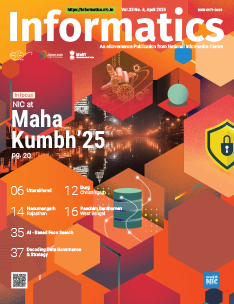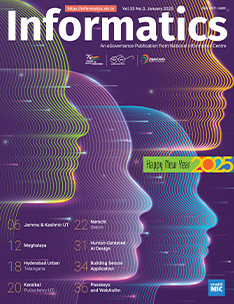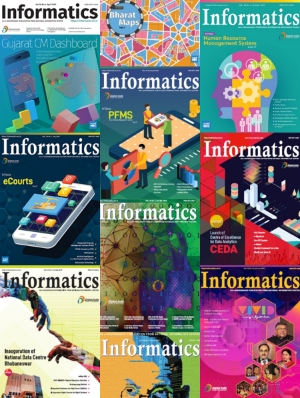Remembering Dr. N. Seshagiri, India's ICT Evangelist and Founder Director General of National Informatics Centre
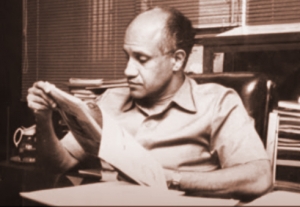
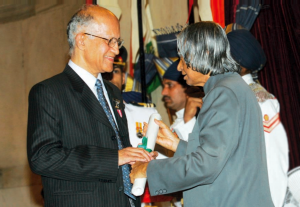
Dr. Narasimaiah Seshagiri, Padma Bhushan Awardee and a pioneer of revolutionary changes in the technology domains of space, satellite communication, electronics, and public private partnerships in e-Governance left for heavenly abode on 26th May, 2013. Eight years have passed by, but his futuristic thoughts and nation-building visioncontinue to guide the technology enthusiasts all over the country and abroad.
Born on 10th May 1940, Dr. N. Seshagiri received his Ph.D. in Microwave Telecommunication Engineering from the Indian Institute of Science (IISc) Bangalore, and moved to the Tata Institute of Fundamental Research (TIFR), where he worked on satellite communications and spacecraft design. He was awarded the prestigious "Vikram Sarabhai” Award for ‘optimal design simulation of low energy consumption space-craft design’.
Professor MGK Menon, the erstwhile Director of TIFR recognized the immense talent and intellect of Dr. Seshagiri and encouraged him to assist in setting-up the Electronics Commission in India. Dr. Seshagiri was involved in evolving policy and planning the use of technology to improve the quality of life of India’s citizens. His efforts led to the successful preparation of a plan for the growth of the Electronics Industry in India. The Central Government approved this plan, and implemented it by setting up a National Computer Centre in New Delhi. With Dr. Seshagiri’s stewardship, India’s policy continued to focus on indigenous growth of electronics production and promotion of R&D.
Dr. Seshagiri was not only responsible for the introduction of the first-ever Desktop System in Hindi in 1985, but also the mastermind of the Nationwide Computer Network (NICNET). He was also instrumental in setting up the Software Technology Parks in India. Dr. Seshagiri led the establishing and nurturing of a number of path-breaking institutions, such as CDAC, NCTI, and NICSI, to name a few.
Dr. Seshagiri’s optimism and enthusiasm led to the origin of many technological benchmarks including a full-fledged X.25 based network using satellite communication. The Public-Private Partnership popularly known as the PPP Model, that is synonymous with many e-Governance projects today in the country, was his brainchild. Some other significant forays in the use of technology to improve lives include the Medical Records System, GIS work, and Jurisprudence. He authored over 20 books and more than 100 research papers. One of his last contributions was the 27th Volume of the Rural Survey of India, published in March 2013.
In recognition of his immense contributions to the IT sector in India and its applications in governance, Dr. Seshagiri was conferred the prestigious Padma Bhushan award in 2005. He was also the recipient of several honours at national and international levels, such as O P Bhasin Award, Asiad Jyoti Award, Karnataka Rajya-Utsav Jyoti Award, Dataquest Lifetime Achievement Award. Dr. Seshagiri was a Fellow of many premier professional institutions including National Academy of Sciences, Indian Academy of Sciences, Computer Society of India, and IETE. He was also an elected Governor of the International Council for Computer Communication.
Dr. N. Seshagiri passed away at the age of 73. While the philosopher, technocrat, and tireless crusader of the e-Governance movement in India may not be with us, but his visionary efforts have established strong structures and support systems for the flourishing Information and Communications Technology (ICT) sector. Dr. Seshagiri’s radical ideas will continue to guide us and keep inspiring future generations.
View the special tributary issue of Informatics published in 2013 on Dr. N. Seshagiri at
https://informatics.nic.in/uploads/pdfs/e998f965_Informatics July 2013.pdf
View the webcast of the first edition of Dr. N. Seshagiri Memorial Lecture organised by NIC on 5th August 2019 at
https://webcast.gov.in/dsml/




 Subscribe
Subscribe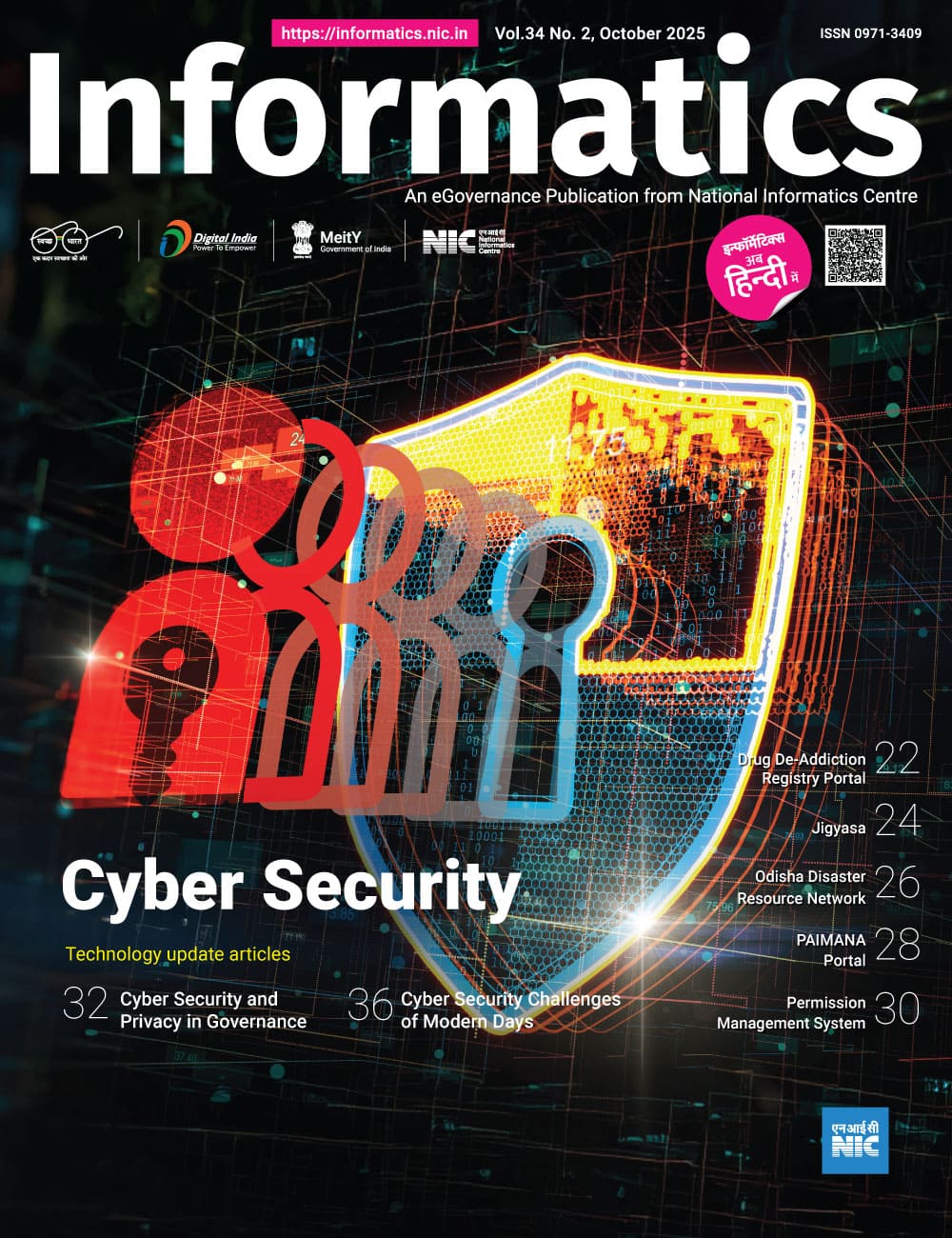
 Flipbook
Flipbook PDF (5.0 MB)
PDF (5.0 MB)
